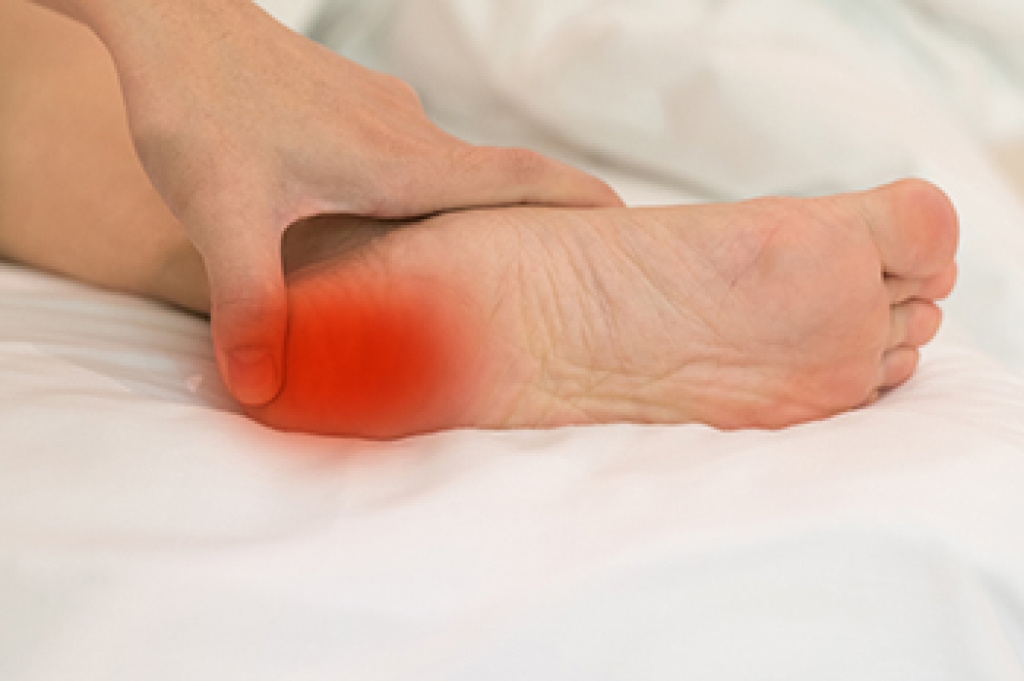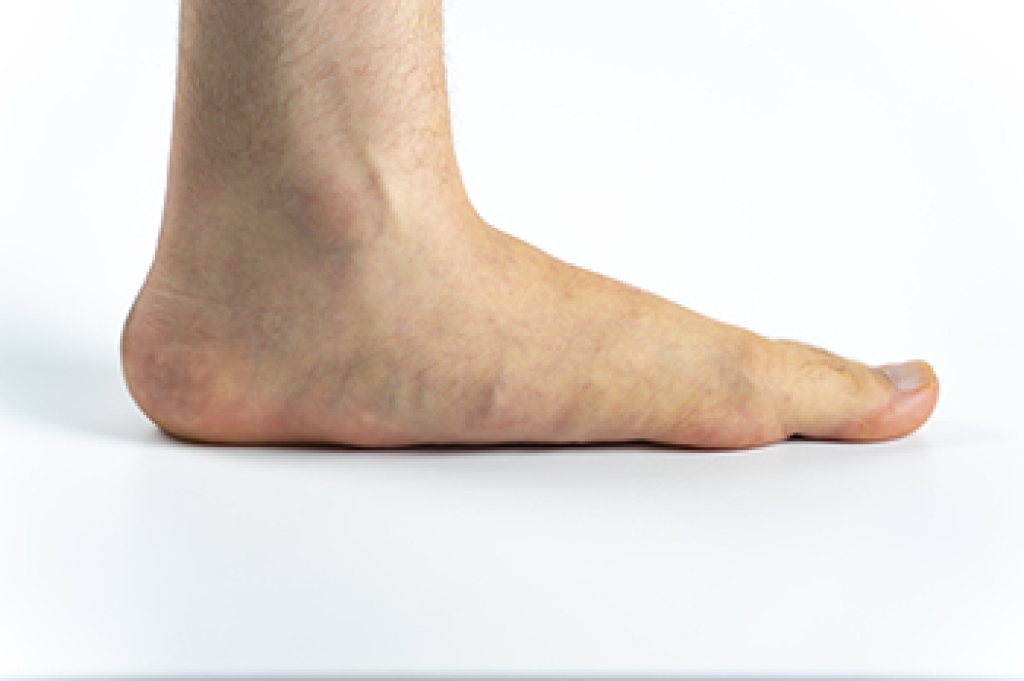
A podiatrist is a medical specialist who focuses on the diagnosis, treatment, and prevention of conditions affecting the feet and ankles. This type of doctor plays an important role in promoting foot health, improving mobility, and supporting overall wellness. Podiatrists treat a wide range of foot and ankle conditions, including injuries, infections, deformities, and chronic pain. This type of doctor also plays a key role in diabetes care by monitoring circulation, nerve health, and skin integrity to help prevent ulcers and serious complications. Through regular exams, education, and preventive care, podiatrists help patients stay active and independent. If you are experiencing foot pain, changes in sensation, or difficulty walking, it is strongly suggested that you consult a podiatrist to improve comfort and protect your feet.
If you are experiencing pain in the feet or ankles, don’t join the stubborn majority refusing treatment. Feel free to contact Lance Greiff, DPM from Great Neck Podiatry. Our doctor can provide the care you need to keep you pain-free and on your feet.
What Is a Podiatrist?
Someone would seek the care of a podiatrist if they have suffered a foot injury or have common foot ailments such as heal spurs, bunions, arch problems, deformities, ingrown toenails, corns, foot and ankle problems, etc.
Podiatric Treatment
A podiatrist will treat the problematic areas of the feet, ankle or lower leg by prescribing the following:
- Physical therapy
- Drugs
- Orthotic inserts or soles
- Surgery on lower extremity fractures
A common podiatric procedure a podiatrist will use is a scanner or force plate which will allow the podiatrist to know the designs of orthotics. Patients are then told to follow a series of tasks to complete the treatment. The computer will scan the foot a see which areas show weight distribution and pressure points. The podiatrist will read the analysis and then determine which treatment plans are available.
If you have any questions, please feel free to contact our offices located in Great Neck Bronx, NY . We offer the newest diagnostic and treatment technologies for all your foot care needs.



 Athlete’s foot
Athlete’s foot
